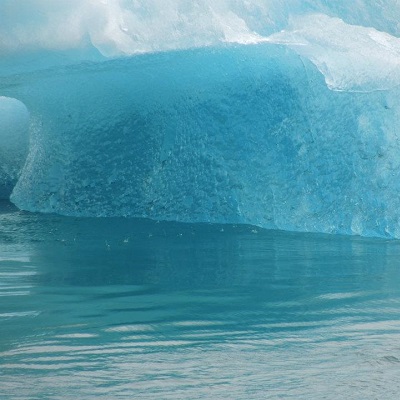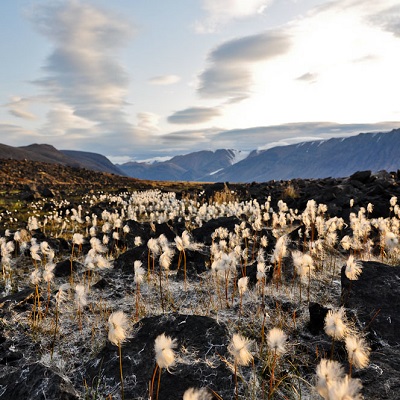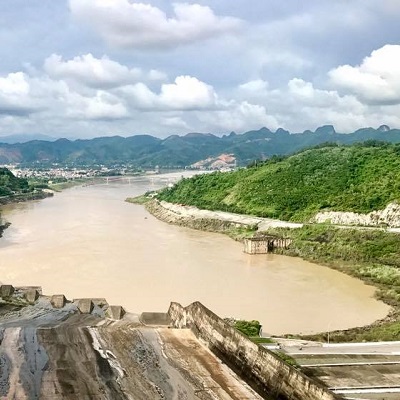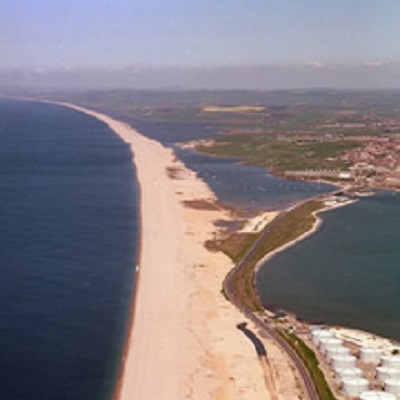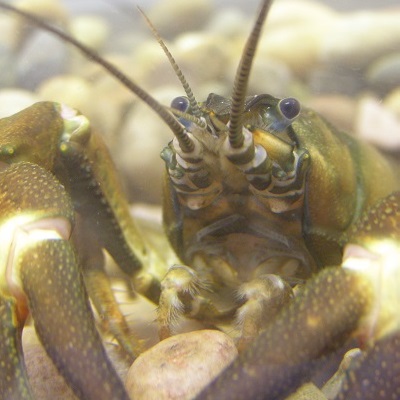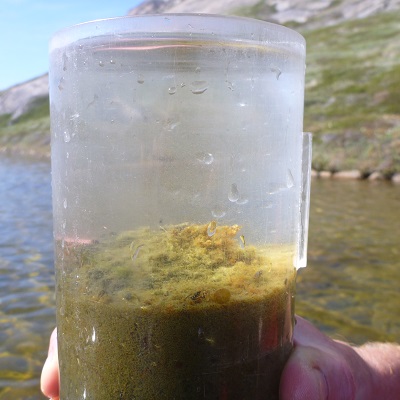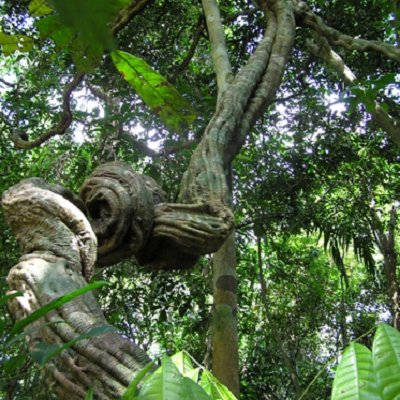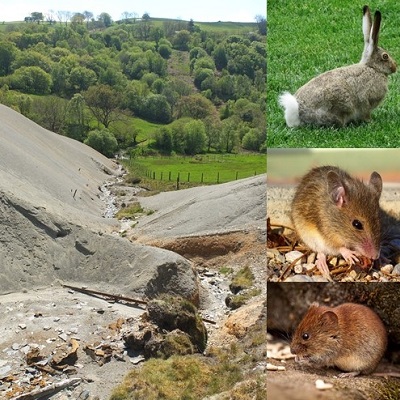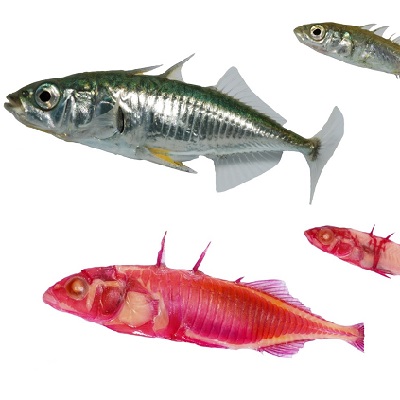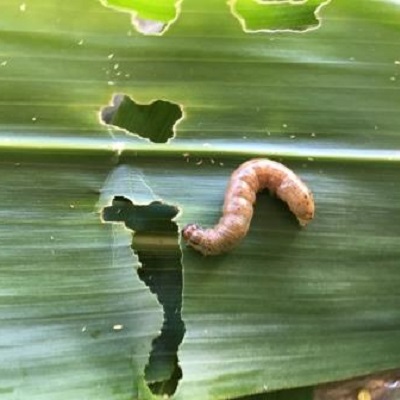Our current best estimates suggest that enough ice could be lost from Antarctica by the end of this century to contribute over a metre to global sea level if current rates of climate change are not curbed (de Conto and Pollard, 2016). This estimate however, omits the potential contribution of instabilities introduced by the interaction […]
Read More
Understanding variation and change in biodiversity as a consequence of changing environments is one of today’s main scientific challenges. One problem is that recent climate change has tended to be much smaller in magnitude (~1°C) than the change expected over the rest of this century (~5°C), which limits the ability to predict future biodiversity change. Also, much of the […]
Read More
The Red River in Vietnam supports 20 million inhabitants, includes a major rice-growing region, the mega-city of Hanoi and a range of industries each of which have expanded in recent decades. The Red River Delta (RRD) delta area of the river is the agricultural heartland of the region and provides crucial ecosystem services, including the retention and removal of […]
Read More
Applications are invited for a PhD studentship within the NERC-ENVISION Doctoral Training Partnership with a project entitled: “The influence of extreme events in the longterm evolution of mixed gravel/sand barrier beaches”. Barrier beaches are common features along the coastline of England, and elsewhere in the world. These barrier features are important for the geomorphology and equilibrium of the beach. […]
Read More
Predicting when sediment will move in a river is fundamental to successful management of that river, which includes coping with floods, maintaining navigation, and preventing loss of banks through erosion. However, after over 100 years of research our models of sediment transport still do not perform well when applied to natural channels. Growing evidence suggests this may be at […]
Read More
We require a versatile student who is comfortable working with “mud and molecules” for a project that aims to develop and apply the use of ancient DNA in lake sediments (sedDNA). Traces of DNA preserved in lake sediments can potentially be used to reconstruct the composition of biological communities over timespans of hundreds to thousands of years. The application […]
Read More
Tropical forests are a major global carbon sink and account for a third of the carbon fixed globally by photosynthesis. Recent research shows that these forests are changing, including increases in abundance and biomass of lianas (woody vines), which may be a result of changing climatic conditions. Lianas reduce growth and increase mortality of their host trees, thereby reducing […]
Read More
This project will explore the mobilisation and bioaccumulation of heavy metal contaminants from historic mine waste from old mine sites in Wales, and their impact on wildlife health. This is a unique, interdisciplinary project involving environmental geochemistry, ecology, plant science and animal health, involving colleagues at the University of Nottingham, the Natural History Museum, and Natural Resources Wales, to explore […]
Read More
**The deadline for applications for this project only is the 15th December 2017** Fish in a biogeochemical barrel: taking aim at the evolutionary consequences of nutrient colimitation in freshwater. We seek an ecology, biology or chemistry graduate with an interest in evolution, for an exciting, interdisciplinary, collaborative PhD to investigate how fish evolution is affected by the chemistry […]
Read More
In January 2016, the first reports of a new invasive pest was received in Africa. In less than two years, the new pest – the Fall armworm, Spodoptera frugiperda – had spread to most countries (>30) within-sub-Saharan Africa (https://youtu.be/4iN7-DmOjwc). There are now global efforts to control this new threat to the region’s food security; initially these have focused on […]
Read More

